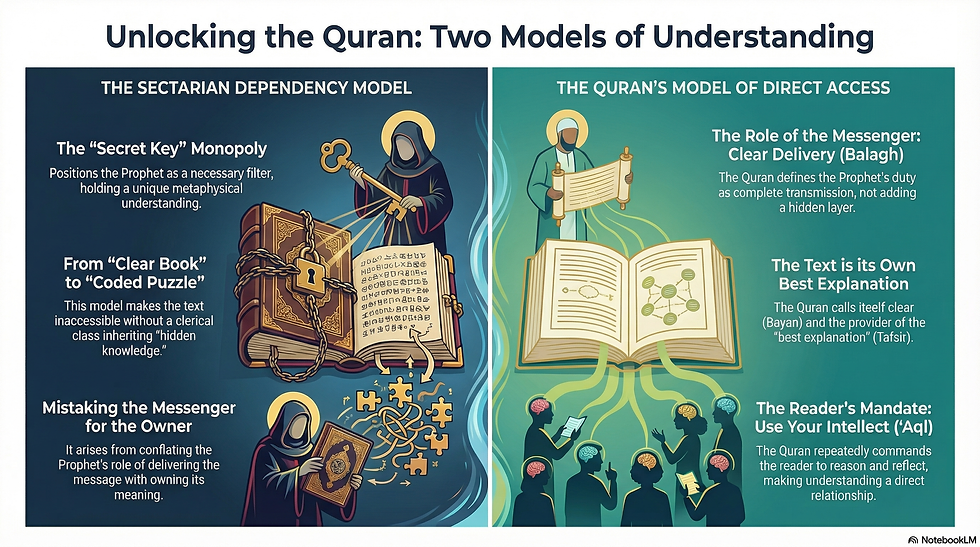The racing horse
- Qur'an Explorer

- Apr 22, 2020
- 2 min read
Updated: Aug 24, 2021

One of the most important things about a racing horse is its pedigree - which racing horse was the stud, which was the mare and how far does the line go back, to ensure the horse has good racing genes and will win races.
So, imagine you want to buy a racing horse, and you listen to all the stories people tell about the horse - how it's handsome, and the perfect colour, and well-groomed sheen... Then, you investigate his pedigree, get all the documentation verified, and after months of investigation, you are finally satisfied that the pedigree is impeccable.
Then you look at the horse, and the horse is limping because one of his legs is shorter than the others! He’s clearly not a racing horse!
At this point, you really don't want to buy this horse any more, but the seller insists that you should still buy this horse, because its pedigree is impeccable. Not only that, everyone who is around you will yell "Buy the horse!" because everyone believes people should buy horses with a strong pedigree.
That, in a nutshell, is a simplified look at the so-called "Science of Hadith".
Never mind the matn (content)- which in many instances contradict the Qur'an, but the isnad - pedigree i.e. trustworthiness and character of the narrators come first, and determines if the hadith is sahih (strong), hasan (moderate), or daif (weak).
Moreover, unlike the horse, whose pedigree can be proven with extensive documentation, the pedigree of narrators are all based on hearsay reports about long-dead people whom the collectors of hadith did not meet for themselves to verify anything that was said, or anything about them at all.
Not only are the hadiths themselves hearsay, but the mechanism for verifying the hadiths is also based on hearsay.
On such fabric is the present-day traditional Islam based.



Comments